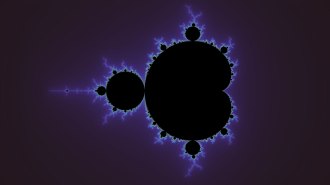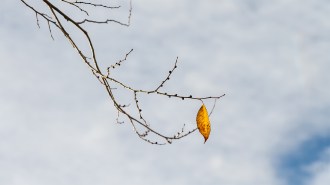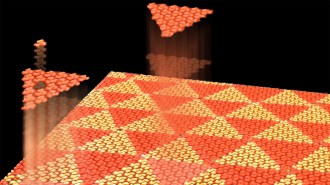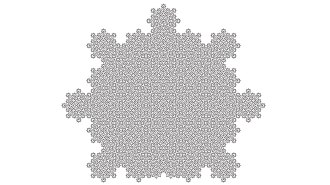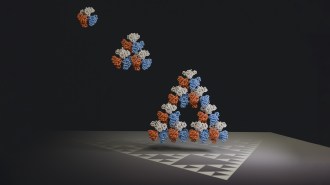- More than 2 years ago
Researchers have proposed a solution to a long-standing evolutionary conundrum: Why do populations of identical organisms sometimes split into two strains, cooperators and cheaters?
Cooperation and cheating, inescapable parts of human existence, also occur in a wide range of other creatures, down to the tiniest. For instance, in a yeast population, some cells produce the enzymes required to digest sugars, while other cells mooch off their enzyme-producing fellows.
Since all the yeast cells live in the same environment, why are some cooperators and others cheaters? For decades, researchers have struggled to explain how such dichotomies arise. Now, a trio of mathematicians and zoologists has proposed a model for the split.
The team assumed that the population starts out consisting of identical organisms. Each individual is capable of producing, at some cost to itself, a certain common good—such as an enzyme—that benefits both the individual and the population. The researchers then set up mathematical equations describing how the individuals could change their levels of production over time.
In many cases, the researchers found that in their model, the organisms first evolve together to an equilibrium, beyond which the production cost to each individual increases faster than its benefit does. But that’s not the end of the story. For some cost-benefit parameters, the population goes on to diversify into cooperators and cheaters.
“For a long time, no one had realized this could happen,” said Timothy Killingback of the College of William and Mary in Williamsburg, Va., last week at the Joint Mathematics Meetings in Atlanta. Killingback developed the model with Michael Doebeli of the University of British Columbia in Vancouver and Christoph Hauert of Harvard University.
The reason for the split, Killingback says, is that sometimes at equilibrium the population is making enough of the desirable good to support some slackers. If one organism is then lucky enough to mutate in a way that reduces its production, it will reproduce in high numbers, thriving at the expense of others.
As the cheaters become more plentiful, the other organisms have less of the good for themselves and compensate by producing even more. With time, the two strains grow farther and farther apart.
The researchers have performed computer simulations that confirm their analysis.
The new work is a “really important contribution” to the study of cooperation, says Priyanga Amarasekare, an ecologist at the University of Chicago. However, she cautions, the model is more likely to be useful for simple organisms such as yeast cells than for more-complicated creatures like people, whose strategies are not determined purely by their genes.
Killingback agrees but says that the model could be formulated to deal with cases in which cooperative and cheating strategies are passed on through culture and education rather than just through genes. “It would be fascinating to see whether the model checks out in humans,” he says.
